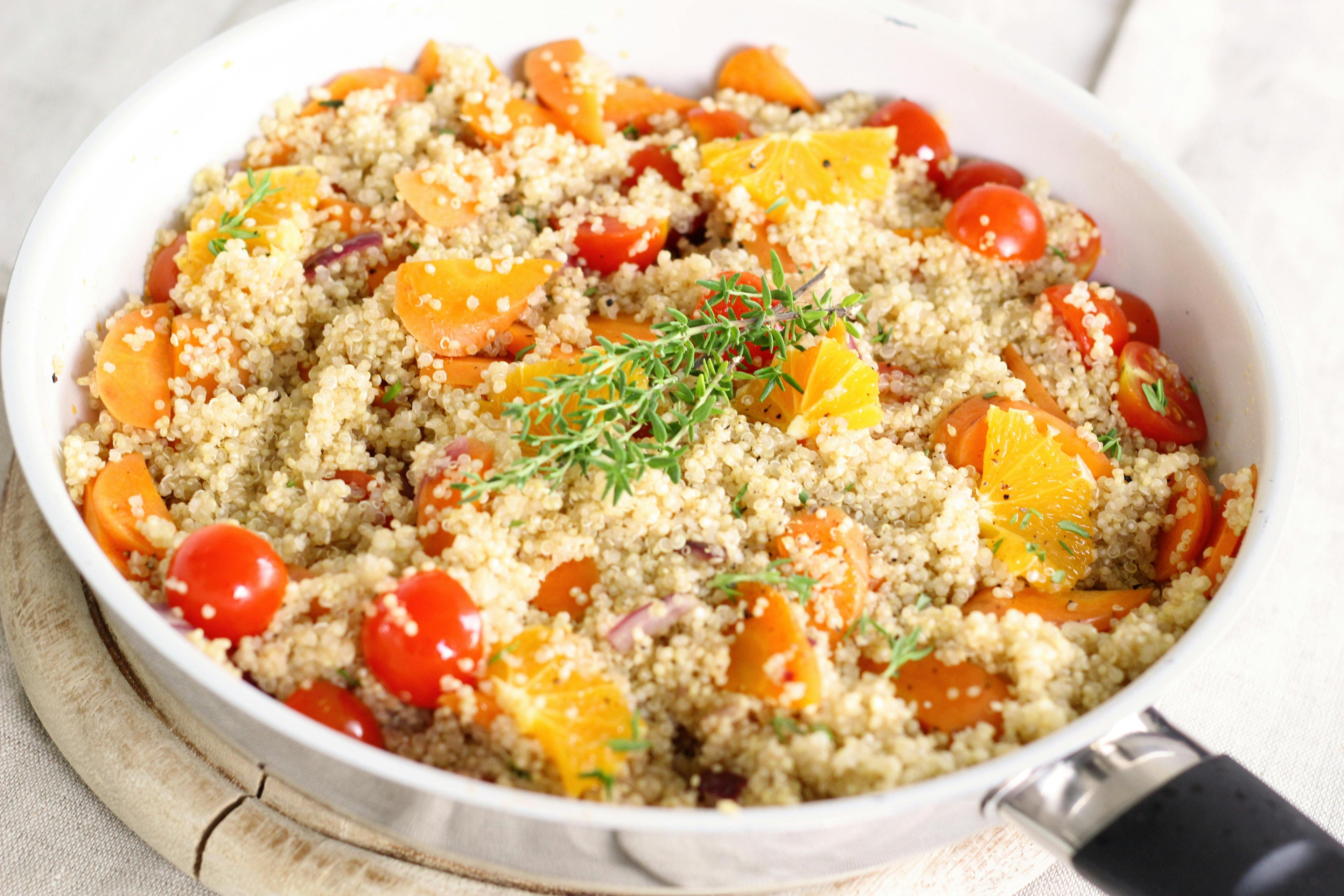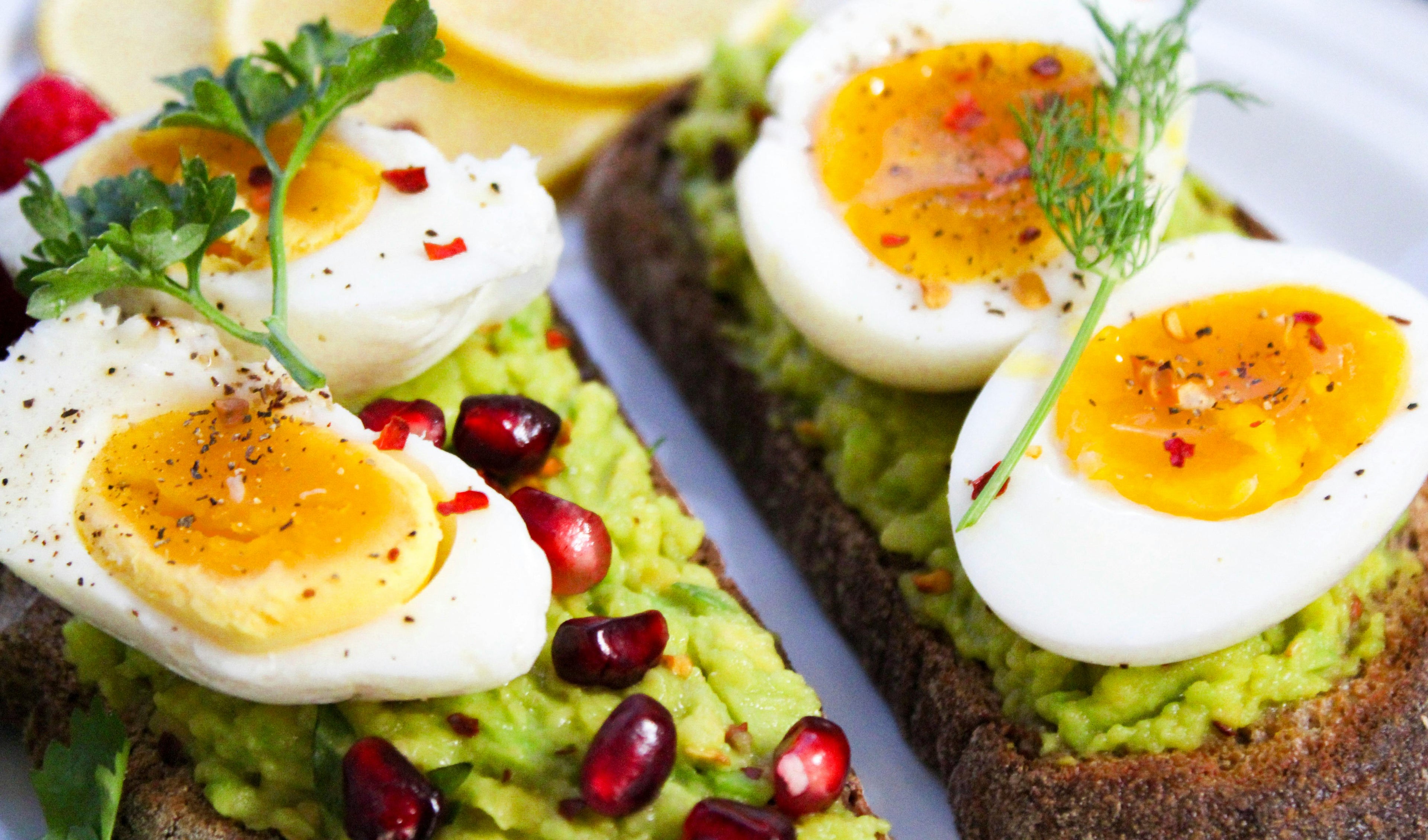As women reach their 40s and beyond, maintaining strength, energy, and health can feel like an uphill battle. Hormonal changes, particularly the decline in oestrogen during menopause, accelerate muscle loss, slow metabolism, and increase the risk of frailty later in life.
Here’s the good news: protein is your ally in staying strong and healthy through these changes. Often referred to as the "building block" of life, protein plays a vital role in preserving muscle mass, supporting bone health, and even improving metabolism. Yet, many women aren’t getting enough of it.
In this guide, you’ll discover why protein is so essential for women over 40, how much you actually need, and the best ways to incorporate it into your diet—whether you’re a meat lover, plant-based, or somewhere in between. Let’s explore how this simple nutrient can make a big difference in how you feel and function every day.
How Protein Supports Women Over 40

Protein isn’t just another nutrient, it’s a key player in how your body adapts to the natural changes of ageing and menopause. Here’s why it’s especially important for women over 40:
1. Preserves Muscle Mass
After 30, women naturally lose about 3-8% of their muscle mass per decade, a process that accelerates during menopause due to the decline in oestrogen. This loss, known as sarcopenia, can lead to weakness, fatigue, and reduced mobility.
- How protein helps: Protein provides the amino acids your body needs to repair and maintain muscle tissue. By consuming enough protein, especially in combination with resistance training, you can slow or even reverse muscle loss.
2. Supports Bone Health
Oestrogen plays a critical role in maintaining bone density, so when levels drop during menopause, the risk of osteoporosis rises. Protein works synergistically with calcium to strengthen bones and reduce fracture risk.
- Did you know? Studies show that diets rich in high-quality protein can improve bone mineral density and reduce the risk of falls and fractures in postmenopausal women.
3. Boosts Metabolism
Muscle isn’t just for strength—it’s metabolically active tissue, meaning it burns calories even at rest. The more muscle you have, the higher your basal metabolic rate (BMR).
- How protein helps: By preserving muscle, protein supports a healthy metabolism, making it easier to manage weight and reduce fat accumulation, especially around the midsection.
4. Improves Insulin Sensitivity
Protein helps stabilise blood sugar levels by slowing the absorption of glucose. This can reduce insulin resistance, a common concern during menopause that increases the risk of type 2 diabetes.
5. Promotes Longevity
Muscle is often referred to as the "organ of longevity." Studies link higher protein intake with reduced frailty, better physical performance, and improved quality of life as women age.
How Much Protein Do You Really Need?
Most women underestimate how much protein their bodies actually require, especially after 40. While the general recommendation for adults is about 0.8 grams of protein per kilogram of body weight, this is the bare minimum to prevent deficiency, not enough to support optimal health and muscle maintenance in midlife.
Recommended Protein Intake for Women Over 40
For maintaining muscle mass and overall health during menopause, experts suggest:
1.0–1.2 grams of protein per kilogram of body weight for moderately active women.
1.2–1.6 grams of protein per kilogram of body weight for women engaging in resistance training or looking to build muscle.
For a quick calculation, aim for 1 gram of protein per pound of body weight if you’re active or looking to optimise muscle and metabolic health. For example, a woman weighing 150 pounds would need about 150 grams of protein daily.
How to Spread Protein Intake Throughout the Day
Your body absorbs and utilises protein best when it’s spread evenly across meals and snacks, rather than consumed in a single sitting. Aiming for 25–35 grams of protein per meal helps maximise muscle protein synthesis.
Example Daily Breakdown:
- Breakfast: 30g protein (e.g., scrambled eggs with turkey and spinach).
- Lunch: 30g protein (e.g., grilled chicken salad with quinoa).
- Snack: 20g protein (e.g., Greek yoghurt with almonds).
- Dinner: 40g protein (e.g., baked salmon with lentils and roasted vegetables).
Can You Have Too Much Protein?
It’s a common myth that high protein intake harms the kidneys or bones in healthy individuals. For most women, consuming the recommended amount of protein is not only safe but crucial for maintaining strength, energy, and metabolic health.
Best Sources of High-Quality Protein

Getting enough protein doesn’t mean eating the same thing every day. A diverse range of protein sources can keep meals exciting while ensuring you get all the essential amino acids your body needs. Here are the top options for women over 40:
Plant-Based Protein Sources
Plant proteins are a fantastic option for vegetarians, vegans, or anyone looking to diversify their diet. Pairing different sources can help ensure you’re getting all the essential amino acids.
Legumes: Lentils, chickpeas, and black beans are rich in protein and fibre.
- Protein per serving: ~15g per 1 cup cooked lentils.
Tofu and Tempeh: Soy-based proteins that are versatile and nutrient-dense.
- Protein per serving: ~20g per 1 cup tofu; ~30g per 1 cup tempeh.
Quinoa: A grain that’s also a complete protein, perfect for salads and side dishes.
- Protein per serving: ~8g per 1 cup cooked.
Nuts and Seeds: Almonds, chia seeds, and flaxseeds are great for snacks or toppings.
Protein per serving: ~6g per ounce of almonds; ~5g per 2 tablespoons of chia seeds.
- Plant-Based Protein Powders: Useful for busy days when you need a quick boost. Look for powders made from peas, rice, or hemp.
Animal-Based Protein Sources
Animal proteins are considered "complete" proteins, meaning they contain all the essential amino acids your body can’t produce on its own.
Eggs: Packed with high-quality protein and essential nutrients like vitamin D and choline.
- Protein per serving: ~6g per egg.
Chicken and Turkey: Lean and versatile, perfect for salads, stir-fries, and soups.
- Protein per serving: ~25g per 3-ounce portion.
Fish: Salmon, tuna, and mackerel are not only rich in protein but also high in heart-healthy omega-3 fatty acids.
- Protein per serving: ~22g per 3-ounce portion.
Greek Yoghurt: A fermented dairy product that also supports gut health.
Protein per serving: ~20g per 1 cup.
- Cheese: Cottage cheese and other low-fat options are excellent sources of protein.
- Protein per serving: ~28g per 1 cup of cottage cheese.
Collagen and Specialised Protein Supplements
As women age, collagen production declines, impacting skin elasticity, joint health, and bone density. Bioactive collagen supplements can be a helpful addition to your routine.
- Collagen peptides: Easy to mix into drinks, soups, or smoothies for an extra protein boost.
- Protein per serving: ~10g per scoop.
For optimal results, mix and match plant and animal proteins in your meals. For instance, pair quinoa with grilled chicken or add chickpeas to a Greek yoghurt bowl for a nutrient-packed meal.
Practical Tips for Increasing Protein Intake

Adding more protein to your diet doesn’t have to mean complicated meal prep or overhauling your entire routine. These simple strategies can help you reach your daily protein goals with ease:
1. Build Protein into Every Meal
Think of protein as the foundation of your meals, not an afterthought. Start with your protein source, then add complementary foods like vegetables, healthy fats, and whole grains.
Breakfast Ideas:
- Scrambled eggs with spinach and turkey sausage.
- Greek yoghurt with fresh berries, chia seeds, and a drizzle of honey.
- A protein smoothie with whey or pea protein powder, almond milk, frozen fruit, and spinach.
Lunch Ideas:
Grilled chicken or salmon on a bed of mixed greens with quinoa.
Lentil soup paired with a slice of whole grain bread.
Tofu stir-fry with broccoli, bell peppers, and brown rice.
- Dinner Ideas:
- Baked salmon with roasted sweet potatoes and asparagus.
- Tempeh tacos with avocado and salsa on whole grain tortillas.
- A hearty chilli with ground turkey and black beans.
2. Snack Smarter
Turn snacks into opportunities to add more protein. These options are quick, satisfying, and packed with nutrients:
- Hard-boiled eggs with a sprinkle of salt and pepper.
- Cottage cheese topped with sliced cucumbers or cherry tomatoes.
- A handful of nuts or seeds paired with an apple.
- Edamame sprinkled with sea salt.
- Protein bars with minimal added sugars (read the label to choose wisely).
3. Double Up on Protein in Recipes
Boost the protein content of your favourite meals by doubling up on protein-rich ingredients.
- Add extra egg whites to omelettes or pancakes.
- Mix chia or flax seeds into your oatmeal or smoothies.
- Include both a plant-based protein (like chickpeas) and an animal protein (like chicken) in salads.
4. Incorporate Protein Powders
Protein powders can be a convenient way to increase your intake on busy days. Use them in:
- Smoothies or shakes.
- Overnight oats or chia seed pudding.
- Soups or stews for a creamy texture and added protein.
5. Plan Ahead
Meal prepping can make high-protein eating a breeze. Spend a couple of hours each week preparing protein staples that can be used in various meals.
- Grill or bake chicken breasts and portion them out.
- Cook a batch of lentils or quinoa to store in the fridge.
- Chop hard cheeses or portion nuts for grab-and-go snacks.
6. Stay Consistent
Consistency is key. Track your protein intake for a few days using an app or food journal to ensure you’re meeting your goals. Once it becomes a habit, you won’t have to think twice about it.
Sample High-Protein Day
Here’s how a typical day might look when you’re prioritising protein:
- Breakfast: 2 scrambled eggs, 2 turkey sausage links, and a slice of whole grain toast (30g protein).
- Snack: Greek yoghurt with almonds and a drizzle of honey (20g protein).
- Lunch: Grilled chicken salad with quinoa, avocado, and mixed greens (35g protein).
- Snack: A protein smoothie with whey protein, almond milk, and frozen berries (25g protein).
- Dinner: Baked salmon with roasted vegetables and lentils (40g protein).
Total: ~150g protein
By incorporating these strategies, you’ll be well on your way to meeting your protein needs and reaping the benefits of this essential nutrient.
Protein as Your Ally for Lifelong Strength
For women over 40, protein is more than just a dietary component—it’s a powerful ally in maintaining strength, supporting bone health, and boosting metabolism during a pivotal stage of life. By ensuring you’re getting enough high-quality protein, you can combat muscle loss, reduce the risk of frailty, and improve your overall well-being as you age.
Remember, it’s not about perfection—it’s about progress. Start by incorporating protein into every meal, experimenting with diverse sources, and building habits that work for your lifestyle. Whether it’s a protein-packed breakfast, a satisfying snack, or a balanced dinner, every small step brings you closer to your health goals.
Now’s the time to prioritise your health and embrace the power of protein to help you stay strong, energised, and confident through your 40s and beyond.

